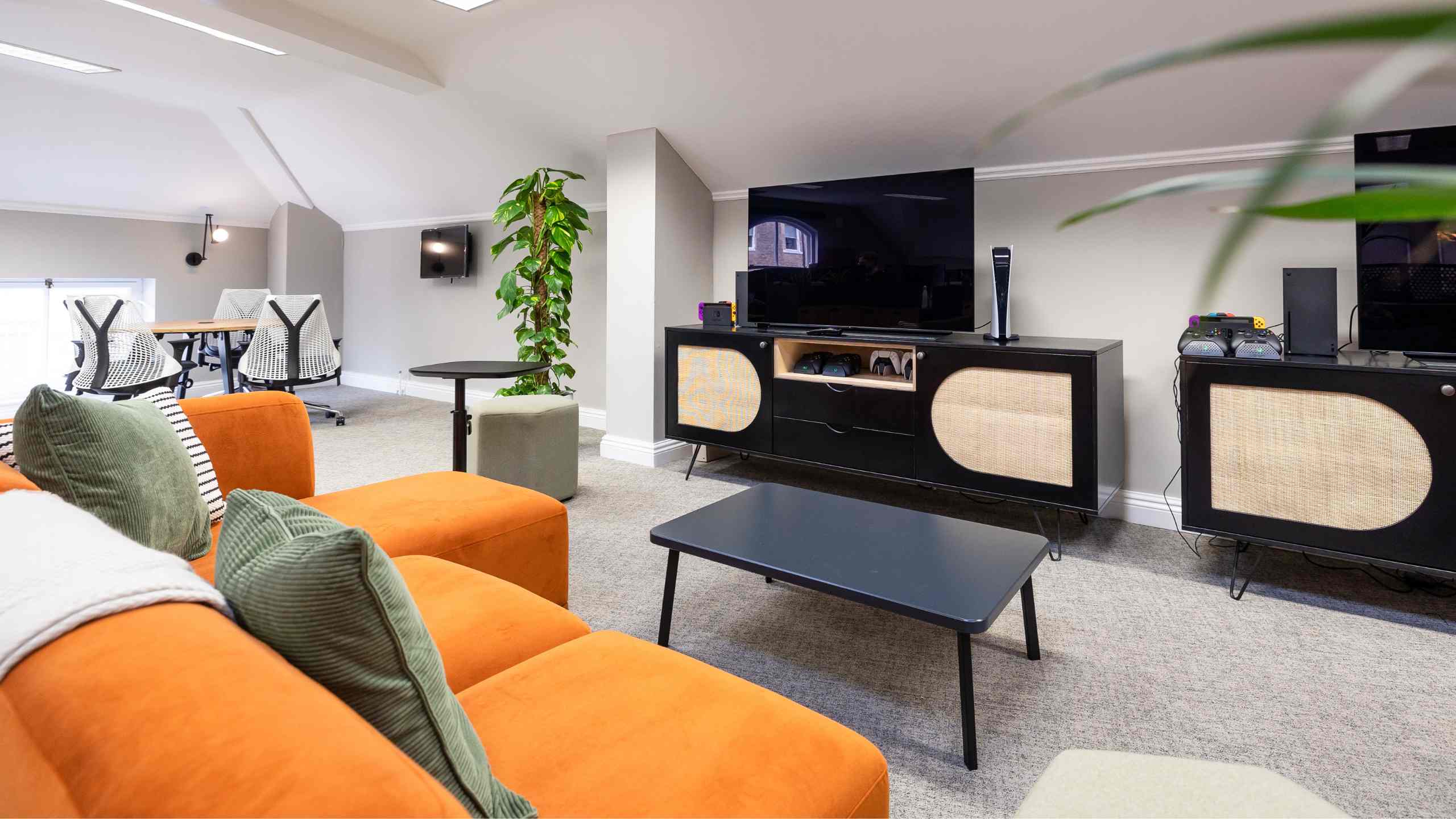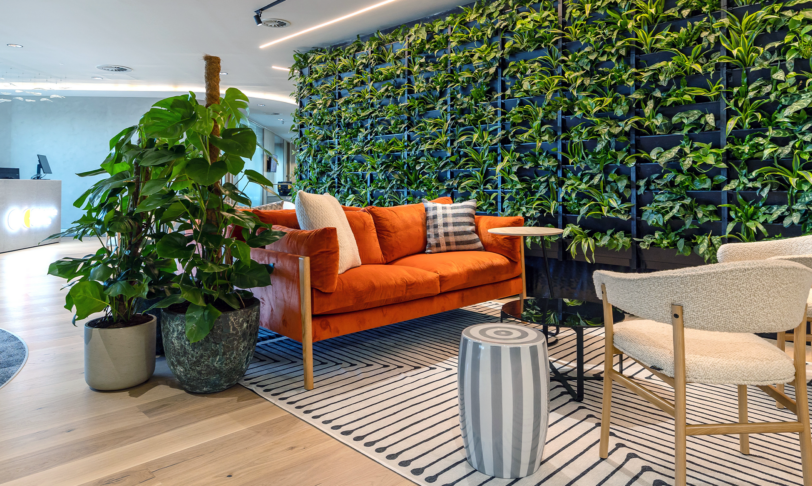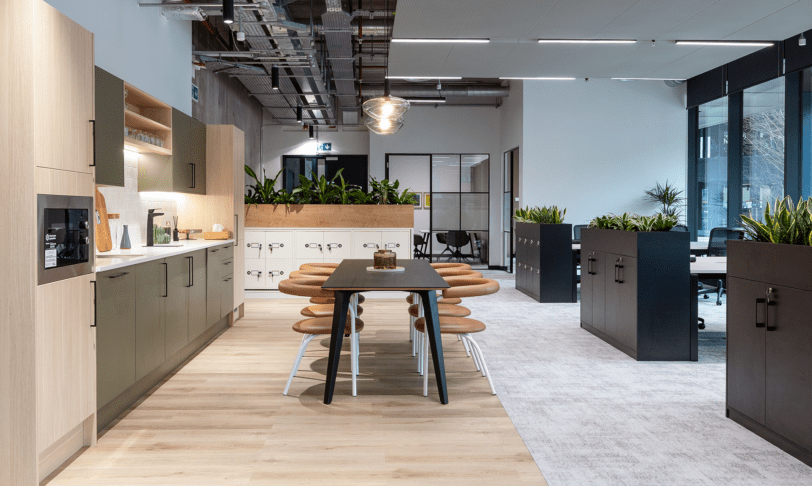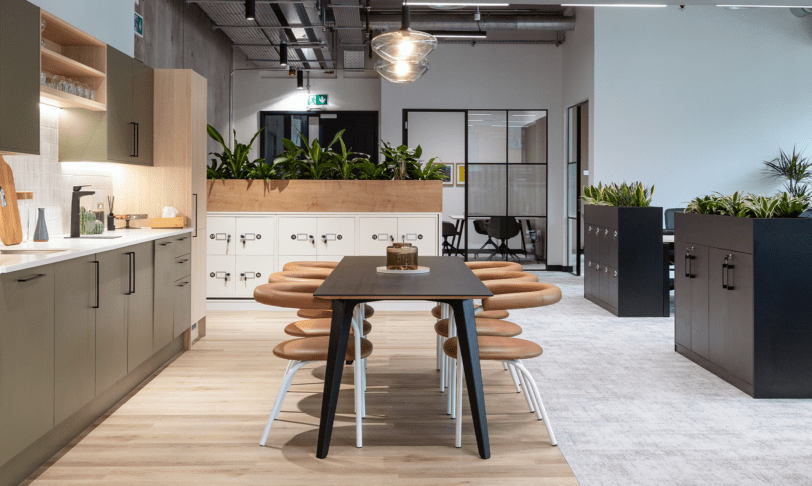What is a workplace assessment?
A workplace assessment helps you gauge how effectively your workplace supports your business, both in terms of its strategic goals and the most important asset – its employees.
When done well, a workplace assessment should lead you to understand exactly what aspects of your workplace are allowing people to deliver their best – and what may be hindering them from reaching their full potential.
Workplace assessments are an evidence-based, specialist field, with countless studies covering the effects of workplace design on employee engagement, health and wellbeing, creativity, and productivity to back it up. The results? A growing recognition of the fact that great workplaces help employees thrive and flourish. Let’s explore the things you’ll want to consider when doing a workplace needs assessment with a focus on ergonomics, health and wellbeing.
What are the different types of workplace assessment?
A comprehensive workplace assessment considers several aspects that affect wellbeing – both physical and mental – as well as employees’ overall experience within the workplace.
Workplace ergonomics assessment
Nobody can deliver their best when they’re physically uncomfortable or mentally drained. A workplace ergonomics assessment can spot issues like repetitive motions that can result in stress injuries, and workplace layouts that make people feel uncomfortable and worn out. Seemingly small things like the height and layout of screens, desks and chairs, can have a long-term impact on people’s wellbeing.
According to a survey of 700 office workers, 81% of them thought they can be more productive when workplace ergonomics are good and 51% thought that it had a major impact. That’s despite the fact that we might not always associate our aches and pains with poor ergonomics.
But there’s more to ergonomics than preventing physical injuries. Many aspects of a workplace that may seem innocuous or just irritating (such as loud noises) can cause mental strain. So if a workplace doesn’t allow for a healthy work-life balance, people can be even more exposed to poor workplace conditions that contribute to fatigue and burnout.
Therefore, a workplace ergonomics assessment must consider not only the physical environment but also the psychological impact of the workplace. It should also reflect on the nature of each team member’s work and how it may affect them individually – both physically and mentally.
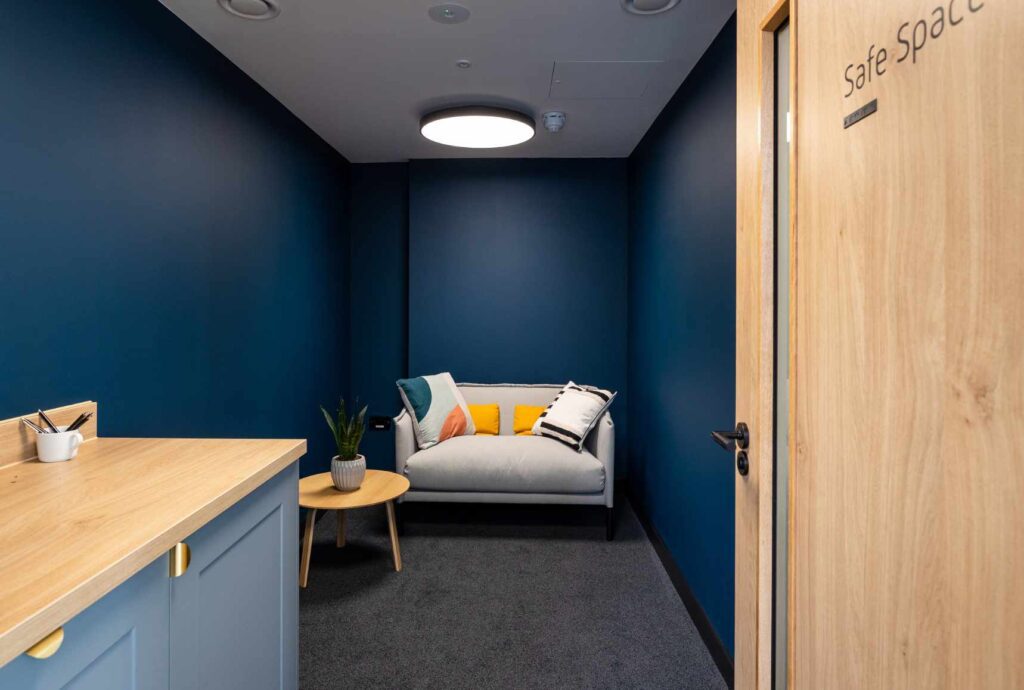
Workplace culture assessment
What would you like your workplace culture to be? Think about your expectations and business values. Is your workplace encouraging behaviours that align with how you envisioned your culture? Your workplace culture assessment will help you to see whether your workplace environment promotes the culture you’re striving to create and maintain.
Workplace culture should represent the personality of your organisation: the philosophies and values you would like it to reflect. Ultimately, the office atmosphere you create expresses “who” your business is, and a culture assessment lays out in black and white whether the vision matches up with the reality. Identify areas in which workplace design contributes to or detracts from the qualities you’d like your business to have and take action.
Workplace inclusion assessment
You recognise your employees as individuals of value, and you hope to benefit from insights and ideas from people with a wide range of perspectives. But is your workplace an environment where everyone feels motivated, encouraged and included?
Basic considerations like accessibility and diversity are just the tip of the iceberg. You’ll need spaces that cater to an array of work-based needs, and areas where your team can collaborate in a way that feels inclusive. We delve into this in our guide to inclusive office design.
Carrying out a workplace needs assessment
Individual needs should also be front and centre in your workplace assessment. There are no one-size-fits-all solutions, and even individual needs can change during a single workday. For example, brainstorming and collaboration may be important to some tasks and moods – but quiet and focus will be needed at other times. At the same time, improving ergonomics means looking at the physical demands of each individual’s work. What suits one person perfectly may not suit another.
Apart from considering ergonomics in creating a healthy workplace, we also need to ascertain how the workplace affects human psychology and behaviour. For example, how does the physical workplace impact employee engagement? Creating a setting where people feel engaged in their work doesn’t just mean having happier employees – it’s generally agreed that engagement boosts productivity and improves organisational outcomes.
Your workplace culture and brand must form part of the assessment too. For example, if you want your business to be creative, collaborative, and lively, you need to create an environment that encourages your people to act and feel that way.
All of the above can be incorporated into a workplace needs assessment, which could, for instance, take the form of a utilisation study or perhaps a post-occupancy evaluation:
- Workplace utilisation studies take workplace assessments beyond the theoretical level and look at how employees engage with the space around them. They offer facts and figures that help to inform your workplace strategy. For example, are people making optimal use of the entire space? Does productivity and engagement vary in certain areas?
- Post-occupation evaluations are similar to utilisation studies. They consider the original design intent and evaluate whether it’s working as intended once it’s been built and people have settled in. Simply put, a post-occupation evaluation looks at whether your workplace strategy is working and helps to identify areas that can be improved.
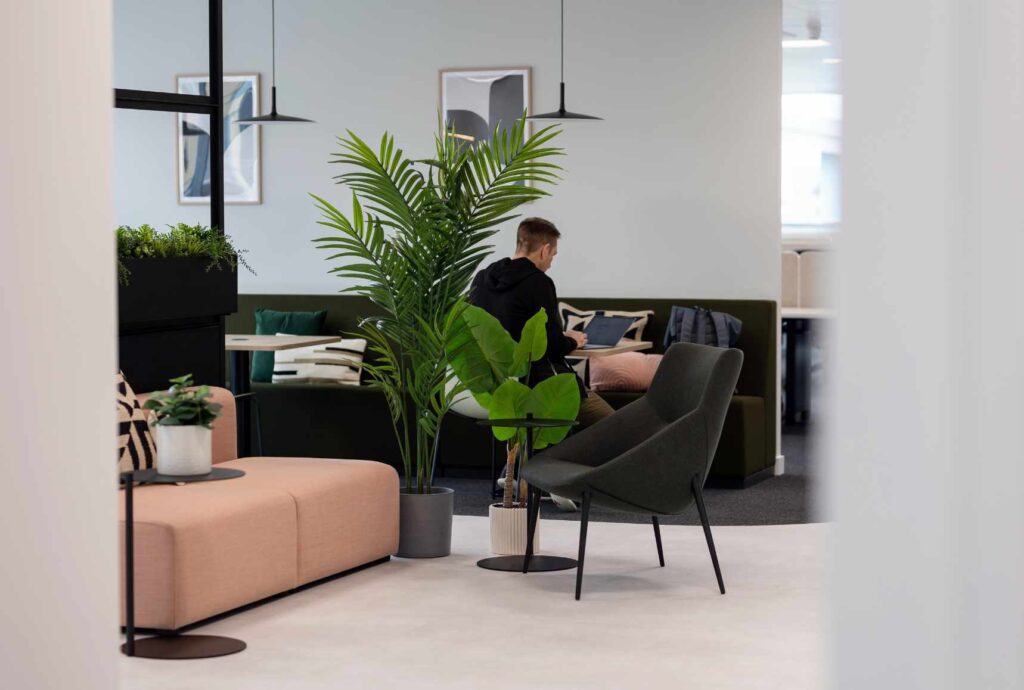
A step-by-step guide to workplace assessments
Step 1: Your workplace assessment begins by reviewing the data you already have. Physical safety comes first, so consider risk assessments and any incident records. You should inspect your offices to identify hazards that may offset the functionality of your current layout.
Step 2: Subjective data will help you to assess your workplace too. This can be first-hand accounts of typical workplace tasks, and insights gained directly from employees. How do they experience their work area? What’s inconvenient or uncomfortable? Perhaps they already have valuable ideas on how the workplace could be improved. Encourage them to share their honest thoughts and opinions.
Step 3: Now, it’s time to gather objective data. This can range from using risk assessment criteria to spot ergonomic problems to examining whether spaces are currently being used in a way that’s conducive to productivity.
Step 4: Analyse your results and set priorities. Risk reduction and improved ergonomics will be first among these, but addressing workplace factors that are inconsistent with your company’s brand, vision and culture will matter too.
Your workplace strategy is evidence-based
Great workplace design is more than just a matter of aesthetics. It’s practical and evidence-based. It’s individualised – and it results in the perfect setting for the many tasks that go into fulfilling your business’s vision and mission.
At Interaction, our workplace strategy consultants can help align your culture, work processes and space to contribute to the realisation of your goals. Interested in finding out more? Why not chat with Charlie or call us on 01225 485 600 to speak to a member of our team?
